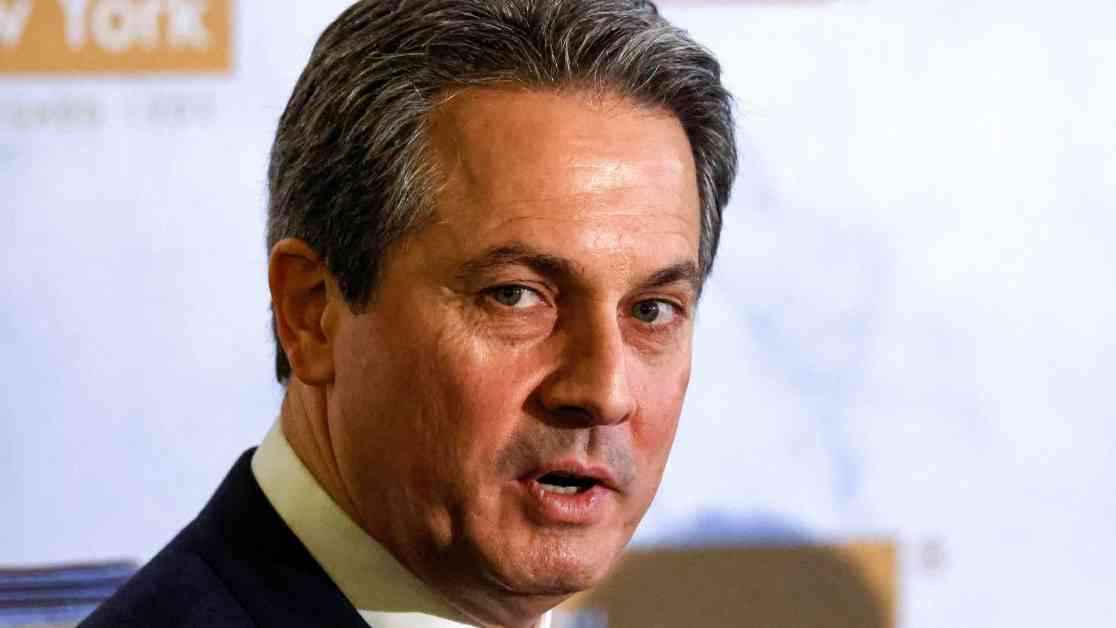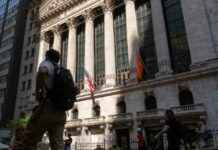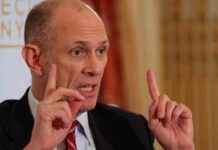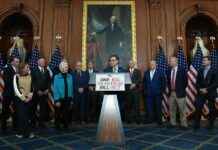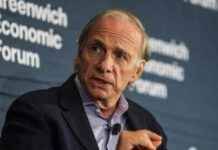Alberto Musalem, the President and CEO of the Federal Reserve Bank of St. Louis, recently addressed the Economic Club of New York in New York City on February 20, 2025. During his speech, Musalem highlighted the increasing risks of higher inflation in the current economic landscape.
In his address at the National Association for Business Economics conference, Musalem emphasized that while his baseline expectation is for inflation to gradually reach the Federal Reserve’s 2% target, there are growing concerns about the recent surge in near-term inflation expectations. This shift has been particularly evident in recent weeks, prompting Musalem to closely monitor the situation.
The latest data from The Conference Board’s consumer confidence index revealed a significant one-month decline in February, largely attributed to the escalating inflation expectations. Similarly, the Institute for Supply Management’s manufacturing PMI indicated a notable uptick in prices within the sector for the same month.
Acknowledging the heightened sensitivity of businesses and households to the prospect of increased inflation, Musalem underscored the importance of anchoring and stabilizing inflation expectations to maintain economic stability. While the prevailing risks appear skewed towards higher inflation, Musalem reiterated that the central scenario still points towards continued disinflation.
Despite initial expectations for the Federal Reserve to lower interest rates in 2025, the central bank opted to maintain rates within the 4.25%-4.5% range following its January meeting. Citing persistent inflationary pressures, the Fed decided to hold off on rate adjustments, in contrast to market anticipations.
Looking ahead, traders are currently pricing in a 93% probability of the Fed maintaining rates at their existing levels during the upcoming March meeting, as indicated by the CME Group’s FedWatch tool. This cautious approach reflects the broader concerns surrounding potential U.S. tariffs on imports from key trading partners like China, Mexico, and Canada, which could further fuel inflationary pressures and complicate future monetary policy decisions.
As investors and policymakers navigate this evolving economic landscape, Musalem’s insights shed light on the delicate balance between managing inflation expectations and supporting economic growth. The convergence of various factors, from global trade dynamics to consumer sentiment, underscores the complexities inherent in shaping monetary policy responses to ensure sustained stability and prosperity.
Expert Insights: Evaluating Inflation Dynamics
To gain a deeper understanding of the evolving inflation dynamics and their implications for monetary policy, experts emphasize the importance of monitoring key economic indicators and consumer behavior. According to renowned economist Dr. Emily Chang, “The current inflationary environment underscores the need for central banks to adopt a proactive stance in managing expectations and responding to emerging price pressures. Balancing the objectives of price stability and sustainable growth remains a critical challenge, requiring nimble policy adjustments and effective communication strategies.”
As central banks navigate the uncertain terrain of inflation expectations and economic uncertainties, stakeholders across industries are closely attuned to the implications for investment decisions, pricing strategies, and overall market conditions. The interplay between macroeconomic forces and policy responses underscores the intricate dance of supply and demand dynamics, shaping the trajectory of inflation outcomes and broader economic performance.
Market Sentiment and Policy Implications
Against the backdrop of mounting inflation risks and market uncertainties, investors and policymakers are closely monitoring developments to gauge the potential impact on interest rates, asset valuations, and overall economic stability. With inflation expectations serving as a key barometer of consumer and investor sentiment, the Federal Reserve faces a delicate balancing act in calibrating its policy toolkit to navigate the evolving landscape of price pressures and economic growth prospects.
As stakeholders grapple with the implications of rising inflation risks and lingering trade tensions, the path forward remains fraught with challenges and opportunities. Navigating the complexities of monetary policy in an era of heightened uncertainty requires agility, foresight, and a nuanced understanding of the intricate web of economic forces shaping our collective future.





